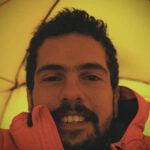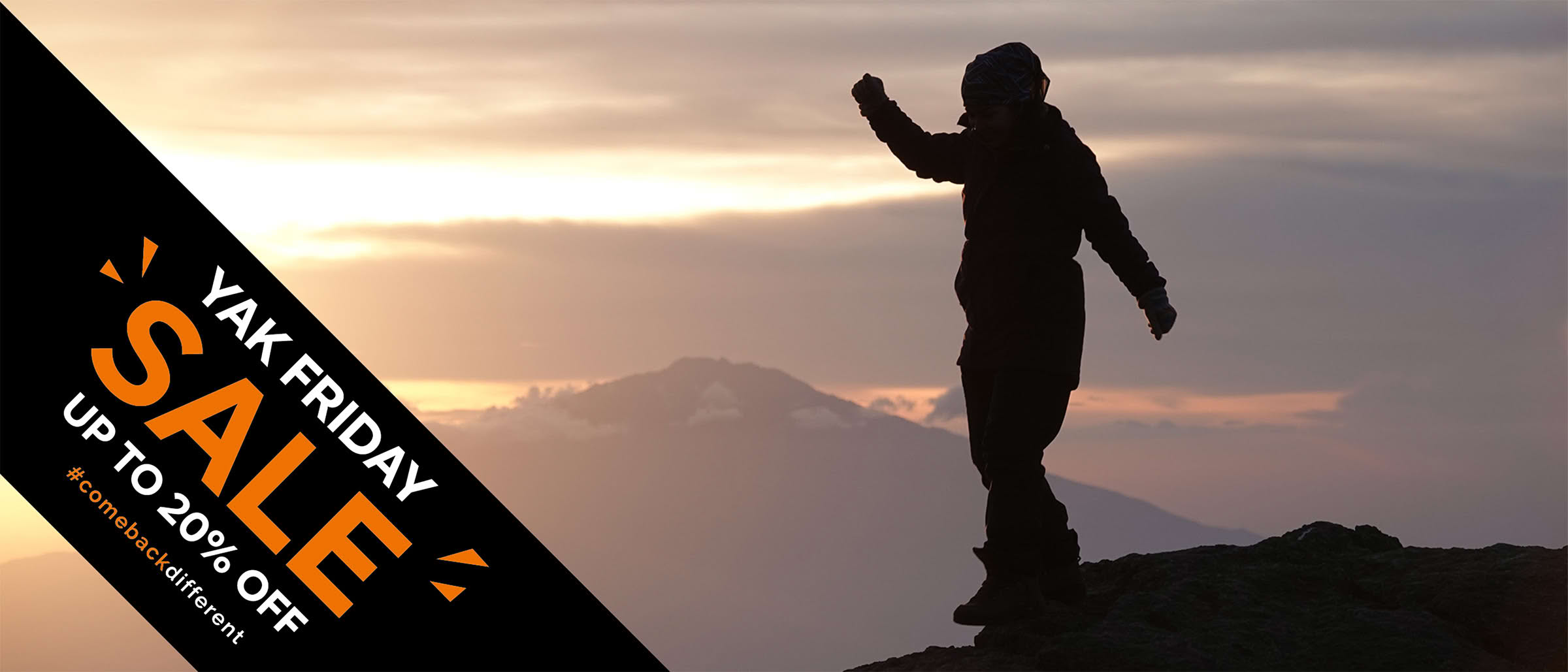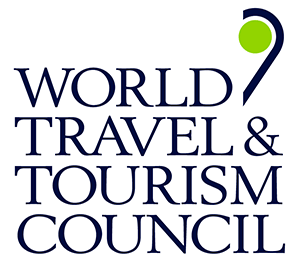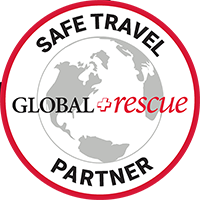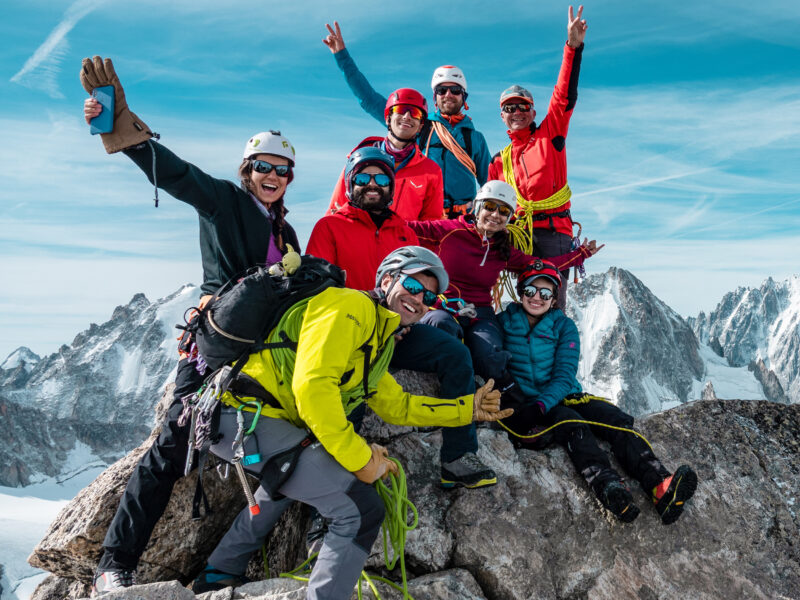BY Hazem El Shamy | April 28 2025
The Ultimate Guide to Climbing Kilimanjaro

Everything you need to know before stepping onto Africa’s rooftop
There’s a moment on Kilimanjaro where the world just stops.
Maybe it’s the way the clouds fall away beneath you. Maybe it’s the silence at 19,000 feet.
Or maybe it’s just you — stripped down to grit, breath, and willpower.
Whatever it is, you don’t forget it.
Kilimanjaro isn’t just Africa’s tallest mountain.
It’s one of the few places on Earth where everyday people — hikers, travellers, dreamers — can walk all the way to the top of a continent without ropes, without technical gear, without needing to be anyone other than who they are.
This is your ultimate guide to getting there.
Can Anyone Climb Kilimanjaro?
Short answer: Yes.
Real answer: Yes — if you respect the mountain.
You don’t need to be a professional climber.
You don’t need ropes, crampons, or alpine experience.
But you do need:
Good fitness
Good preparation
And a better attitude
Altitude doesn’t care how many marathons you’ve run. It cares whether you listen to your body, slow down, hydrate, and walk the mountain’s pace — not your own.
When’s the Best Time to Climb?
January–March
Quieter trails
Colder, with a chance of snow at the summit
Crisp, clear mornings
June–October
Peak season
Warmer days, colder nights
Busier trails, electric atmosphere
Avoid the rainy seasons (April–May and November). Trust us: wet boots, endless mud, and no summit view are not the vibe you want.
Which Route Should You Take?
Best for Beginners:
Machame Route (6–7 days) — iconic, challenging but doable, smart acclimatization
Lemosho Route (7–8 days) — quieter start, gradual ascent, jaw-dropping scenery
Want Something Quieter?
Rongai Route — remote, drier, north-side approach
Not recommended:
Umbwe Route (too steep, too fast for most first-timers)
How Hard Is It, Really?
It’s not technical. But it is tough.
Summit night is brutal — cold, thin air, steep incline.
You’ll be hiking 4–8 hours most days, and 12–16 hours on summit day.
Altitude sickness is real — and it doesn’t care how fit you are.
Success isn’t about strength.
It’s about pace, patience, and perseverance.
Pole pole, as they say in Swahili: Slowly, slowly.
What Gear Do You Need?
Must-haves:
Good hiking boots (broken-in, waterproof)
Layered clothing system (base, mid, outer shells)
Down jacket (for summit night)
Sleeping bag (rated at least to -10°C/14°F)
Daypack (hydration compatible)
Headlamp (and spare batteries)
Trekking poles (life savers on the descent)
Optional but highly recommended:
Gaiters (mud and dust protection)
Camp shoes (give your boots — and feet — a break)
Electrolyte tablets (hydration matters more than you think)
Most outfitters provide tents, food, and larger gear. You carry your daypack; porters carry the rest. Respect the porters — they are the heartbeat of every expedition.
How to Train for Kilimanjaro
Hike long distances — weekends on local trails, aiming for 5–8 hours at a time.
Train with weight — wear your pack during hikes.
Work on cardio and endurance — not just strength.
Practice hiking uphill — staircases, hills, treadmill incline.
Train for the grind, not the sprint.
What About Altitude Sickness?
No one is immune.
AMS (Acute Mountain Sickness) can hit anyone, any time. Symptoms include headaches, nausea, fatigue. Mild symptoms are manageable. Severe symptoms mean you turn around — no summit is worth your life.
Best defenses:
Walk slow (slower than you want to)
Drink 3–4 liters of water daily
Eat, even when you don’t feel like it
And always, always listen to your guides.
What Will the Summit Be Like?
Summit night starts around midnight.
You’ll climb by headlamp through biting cold, rising into the thin air. Step by step, switchback by switchback, into the dark.
And then — just when you think you can’t anymore — the sky splits open in a riot of pink and gold.
You are standing above Africa.
You are standing above fear, doubt, and exhaustion.
You are standing at Uhuru Peak.
And it will break your heart in all the best ways.
Final Words
Climbing Kilimanjaro isn’t about reaching the top.
It’s about who you become on the way there.
Every slow, deliberate step.
Every sunrise above the clouds.
Every time you doubt yourself — and keep walking anyway.
You don’t conquer Kilimanjaro.
You meet it.
And if you’re lucky, you meet a deeper part of yourself too.
The mountain is waiting.
All that’s left is for you to show up.
Climb On!
About The Author
Hazem is an avid high altitude mountaineer and adventurer that has helped lead hundreds of climbers to summits across the Himalayas, Andes, Atlas, and Caucus mountain ranges. He believes that inspiration is best served on a sharp ridge 6000 meters up in the sky, and is committed to making big mountain goals more achievable to the everyday climber.
About Life Happens Outdoors
At Life Happens Outdoors, we believe in the power of nature to transform lives. As proud members of the Adventure Travel Trade Association (ATTA) and the World Travel & Tourism Council (WTTC), our team of certified guides and outdoor professionals is committed to the highest standards of safety, sustainability, and excellence.
Discover more about our story and mission on our Meet LHO page, or explore our curated adventures such as the Tour du Mont Blanc Trek, the Climb of Kilimanjaro, and Chasing the Northern Lights.








